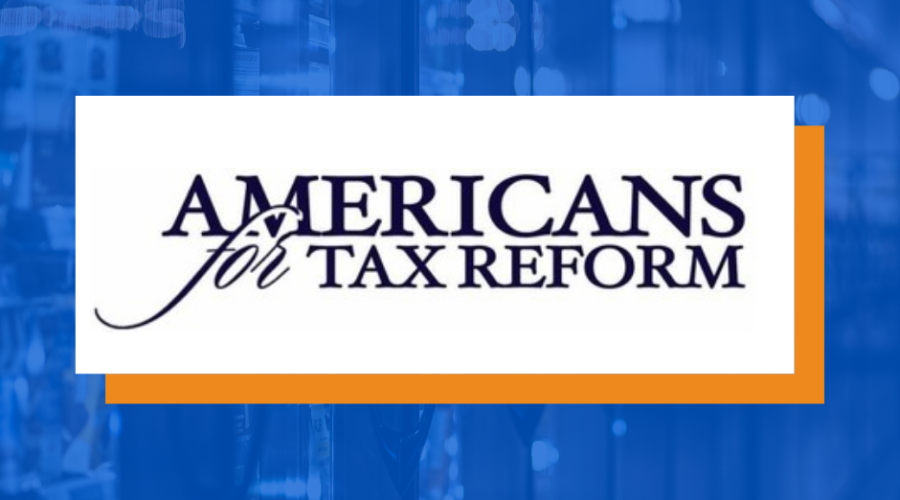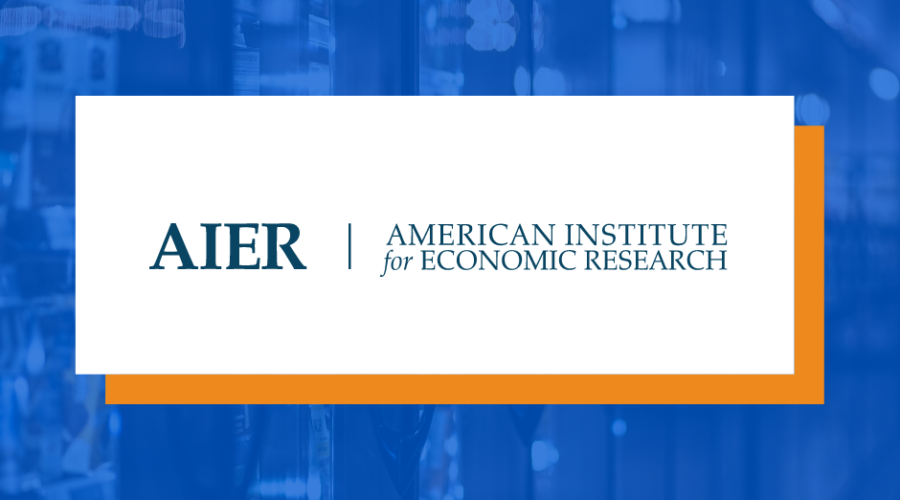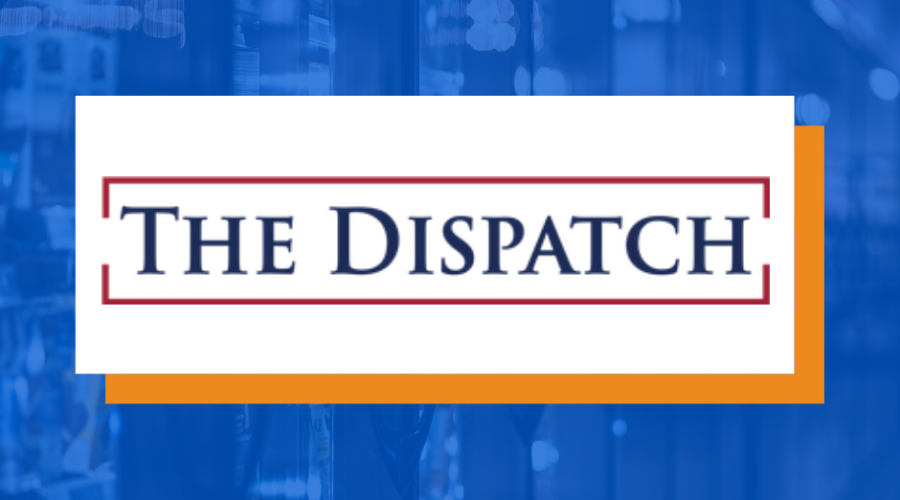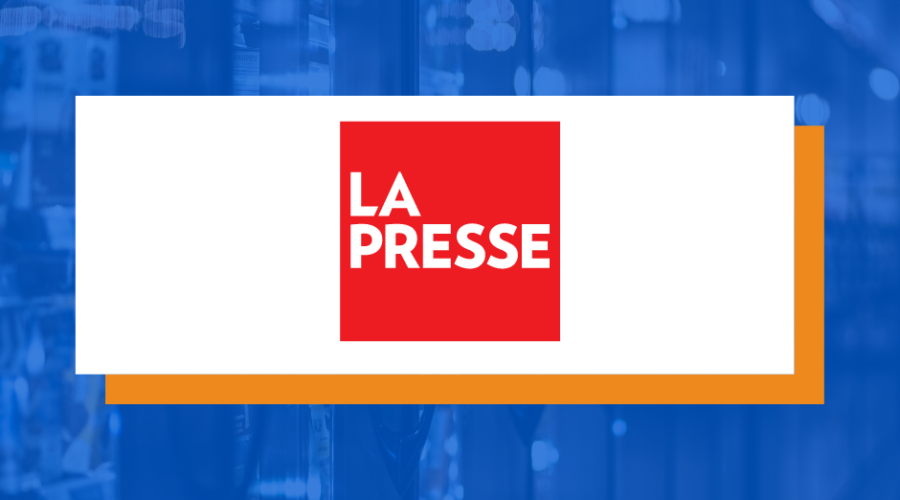Do economic sanctions work? | Markets & Morality
Since the Russian aggression towards Ukraine, Western countries have imposed a wide range of economic sanctions on the regime and on individuals linked to them.
How effective are these sanctions and who are they meant to target?
Adam Bartha welcomed Jessica Miller, the Founder of Strela Advisory and Fred Roeder, the Founder of Consumer Choice Center to debate the issue. Fred highlighted that the belated European actions against Russian are necessary to stop Russian’s ability to inflict further pain on their neighbours, even if it has high economic costs on EU countries. Jessica argued against broad-based economic sanctions implemented for individuals, as the believes they are ineffective in changing Putin’s mind and deteriorate the rule of law in European countries.
















